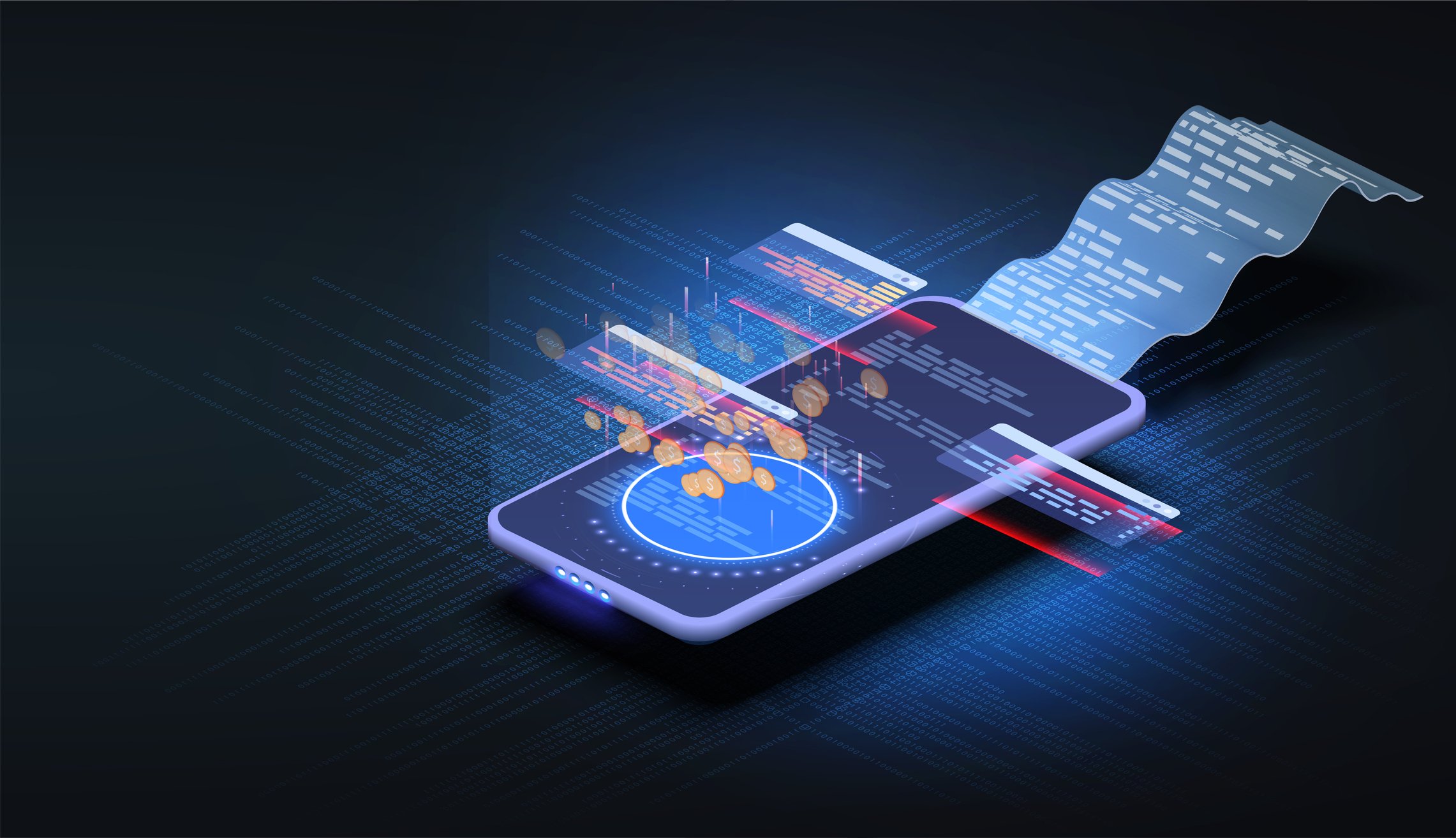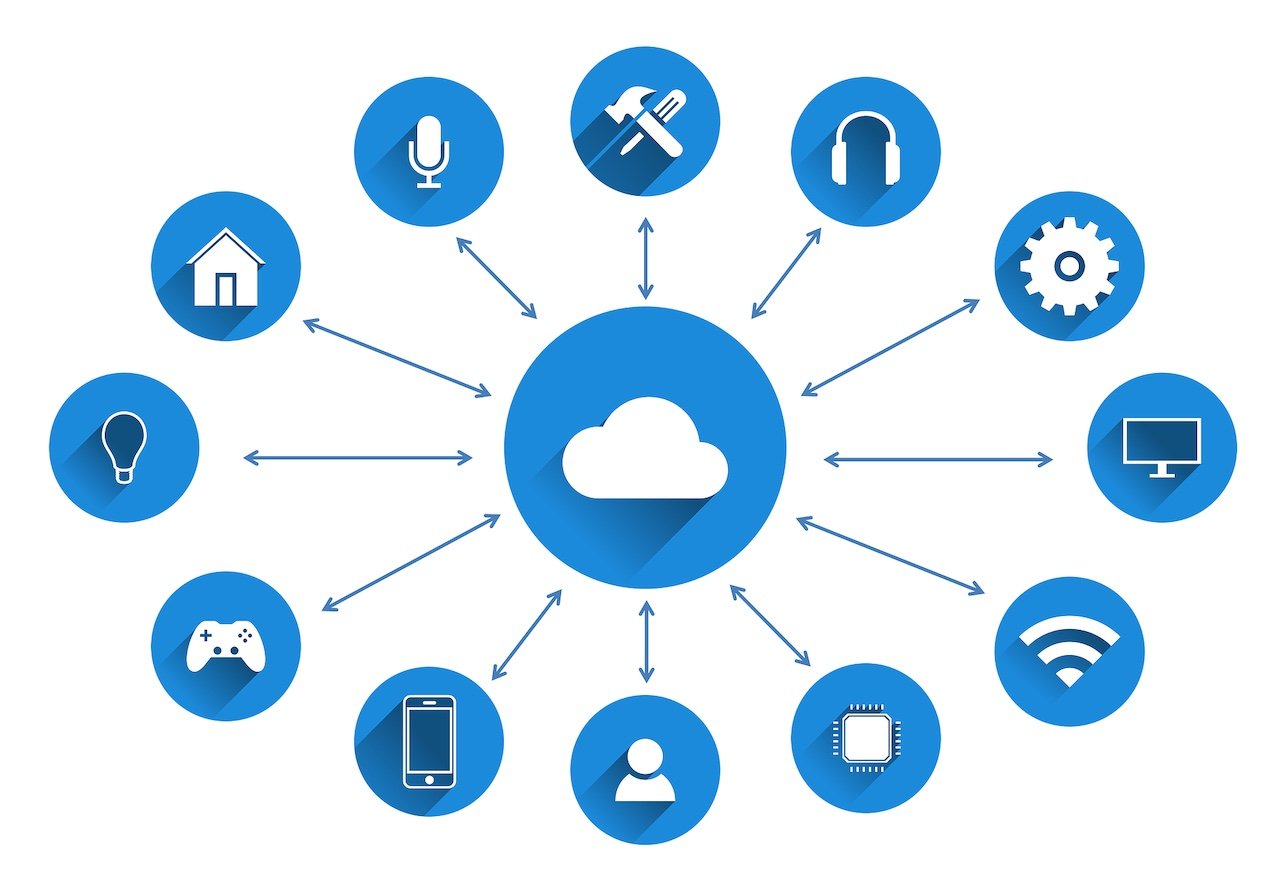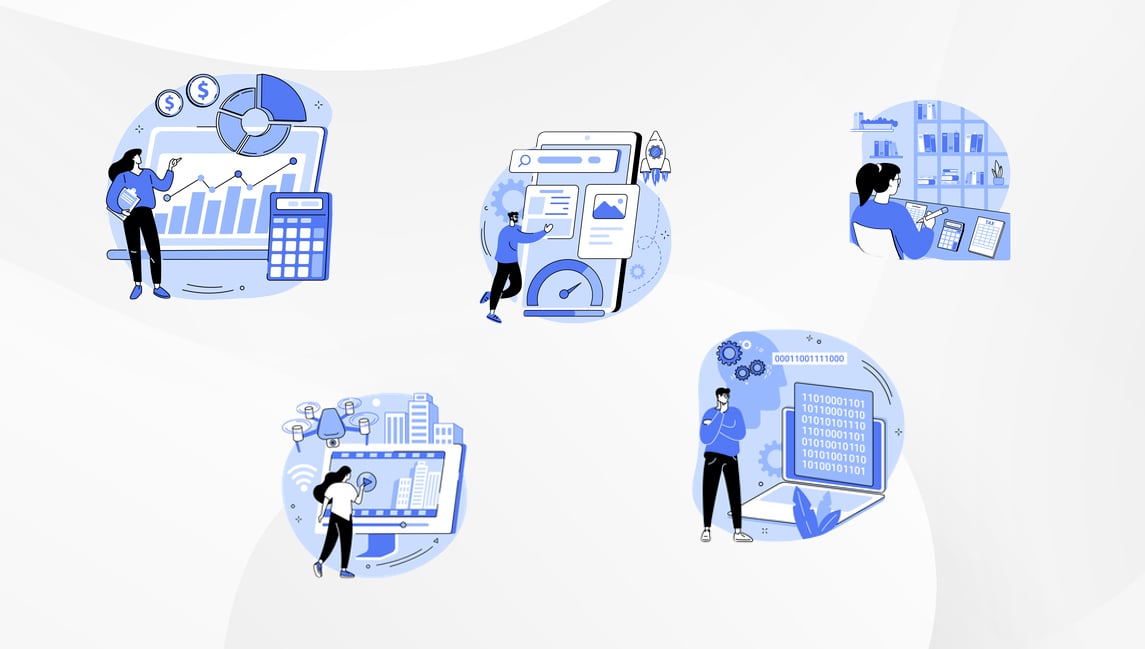
- May 2025 (1)
- April 2025 (3)
- March 2025 (2)
- February 2025 (1)
- December 2024 (2)
- November 2024 (2)
- August 2024 (2)
- June 2024 (3)
- May 2024 (3)
- April 2024 (1)
- March 2024 (3)
- February 2024 (2)
- January 2024 (2)
- December 2023 (1)
- November 2023 (2)
- October 2023 (2)
- September 2023 (1)
- August 2023 (1)
- July 2023 (2)
- June 2023 (3)
- May 2023 (2)
- April 2023 (1)
- March 2023 (4)
- February 2023 (1)
- January 2023 (2)
- November 2022 (2)
- September 2022 (1)
- August 2022 (2)
- July 2022 (2)
- June 2022 (2)
- May 2022 (1)
- April 2022 (3)
- March 2022 (1)
- February 2022 (3)
- January 2022 (2)
- December 2021 (1)
- November 2021 (1)
- October 2021 (2)
- September 2021 (3)
- August 2021 (1)
- July 2021 (4)
- June 2021 (1)
- May 2021 (2)
- April 2021 (2)
- March 2021 (2)
- February 2021 (3)
- January 2021 (3)
- December 2020 (1)
- October 2020 (1)
- August 2020 (1)
- August 2019 (1)
- January 2019 (2)
- September 2018 (5)
- June 2018 (1)
- November 2017 (1)
- September 2017 (1)
- July 2017 (1)
- May 2017 (1)
- January 2017 (1)
- October 2016 (2)
- August 2016 (1)
- July 2016 (1)
- June 2016 (1)
Subscribe by email
IoT enables OEMs to transform devices into solutions, delivering ongoing value and generating new streams of recurring revenue. But when it comes to monetizing these offerings, billing is rarely simple. Unlike traditional products or even many SaaS models, IoT billing brings its own set of complex, often underestimated challenges.
Why? Because IoT is not just about selling devices—it's about selling ongoing connectivity, services, and data. Billing has to account for unpredictable usage patterns, flexible subscription models, diverse customer segments, a constantly evolving ecosystem of cellular carriers, platforms, and global regulations. In addition to that, most OEMs don’t just bill once—they support recurring revenue streams that need to scale as device fleets grow from hundreds to thousands to millions.
And yet, many OEMs still try to rely on billing systems designed for simpler use cases, only to hit roadblocks when dealing with the realities of IoT.
In this article, we’ll share some of the most common IoT billing challenges OEMs face, why they matter, and—most importantly—how to solve them. Whether you're launching your first connected device or scaling globally, you’ll find practical insights to improve billing efficiency, reduce customer friction, and position your business for long-term success by leveraging platforms like Zipit’s IoT billing solution.
Key Takeaways:
-
IoT billing is complex due to variable usage and global demands.
-
Subscription + usage-based models are the most effective.
-
Traditional billing systems can’t handle the demands of IoT devices.
-
IoT billing platforms simplify and scale billing.
-
Zipit offers flexible, automated IoT billing.
What is IoT billing?
IoT billing is the process of charging for the connectivity and services delivered by IoT devices. Unlike traditional billing, IoT billing must account for variable data usage, flexible pricing models, and complex relationships between manufacturers, service providers, and end-users.
Effective IoT billing systems support real-time usage tracking, automate charges based on subscription or consumption, and integrate with legacy systems. They also need to scale easily as device fleets grow and adapt to global business demands such as multi-currency support and regional tax compliance.
What is the best IoT billing model?
For most IoT businesses, subscription billing—often combined with usage-based pricing—is the most effective and scalable model. It aligns perfectly with the nature of IoT, where value is delivered continuously through connected devices, ongoing services, and real-time data. Rather than relying on one-time sales or simple prepaid models, subscription billing creates a predictable, recurring revenue stream that adapts as customers' needs evolve.
The key strength of subscription billing in IoT is its flexibility. Pricing can be structured around data consumption, service tiers, or bundled features—allowing you to offer plans that meet the needs of different customers, from light users to enterprise-level deployments. Additionally, subscription billing makes it easy to introduce new offerings like premium features, seasonal plans, or device upgrades, all without disrupting the billing flow.
Other models—such as one-time purchases or pay-as-you-go—often fall short when dealing with the dynamic demands of connected devices. IoT customers expect services to be always on, usage to be metered in real time, and billing to be seamless. Subscription billing helps you meet these expectations while enabling stronger margins, more predictable cash flow, and scalable growth.
Additionally, subscription models are already familiar to most end-users, thanks to industries like streaming media, SaaS, and consumer subscription boxes. The key difference between subscriptions in these industries and IoT is that IoT subscriptions are tied to both the service itself and cellular data usage, making it essential to have a billing system that can handle metered, real-time pricing and automate plan adjustments as devices operate in the field.
Challenges with IoT billing
1. Variable data usage
Challenge: IoT devices rarely follow predictable patterns of data consumption. Some transmit large volumes in bursts; others send only occasional pings. Traditional billing systems aren't equipped to adapt to this level of variability.
Why it matters: Most standard billing platforms were built for static, one-size-fits-all models—like monthly smartphone plans or app subscriptions. But in the IoT space, flexibility is essential. You must account for different plan sizes, billing intervals, and even seasonal usage patterns that vary across device types, deployments, and customer use cases.
Solution: Use a billing platform built specifically for IoT. The right solution should support usage-based, fixed-recurring, or hybrid models, and give you the flexibility to bill per device, per account, or based on how much data is consumed. Even better, it should let you automatically trigger actions—like usage alerts, top-ups, or service pauses—when customers approach their limits. These capabilities require deep integration not just at the software level but also with carrier SIM platforms, something legacy billing systems simply can’t support.
2. Integration with legacy systems
Challenge: Many OEMs rely on legacy IT systems that aren’t designed to support the complexity of IoT billing, leading to data silos, inefficiencies, and manual workarounds.
Why it matters: When billing can’t easily connect with CRMs or ERPs, the result is operational friction. Manual reconciliation becomes the norm, and businesses lose the ability to react quickly to usage trends, billing issues, or growth opportunities.
Solution: Choose a billing platform that offers robust APIs and pre-built integrations for common enterprise systems. Even with a strong IT team in place, it’s often faster and more effective to partner with a provider who can support seamless integration—tying together billing, device activation, user authentication, and service management in one streamlined experience. This allows teams to focus on delivering value rather than fixing back-end workflows.
3. Pricing variability
Challenge: IoT billing often requires managing multiple tiers, discounts, trials, and dynamic usage—all of which increase billing complexity and margin risk.
Why it matters: Customers expect flexibility—whether that’s switching plans mid-cycle, upgrading services, or starting with a free trial. Without a system that can adapt in real time, you risk customer frustration, revenue leakage, or internal headaches from manual corrections.
Solution: Look for a billing platform that supports tiered pricing, usage-based triggers, promotional discounts, and automatic proration. This gives you the agility to offer compelling pricing models while maintaining control over billing accuracy and revenue recognition.
4. Complex ecosystems
Challenge: IoT ecosystems aren’t simple. They often involve manufacturers, connectivity providers, software vendors, resellers, and end users—all with a stake in the transaction.
Why it matters: With so many players involved, billing must clearly track who owes what, who gets paid, and when. Without transparency and clear delineation of charges across the value chain, disputes and inefficiencies can arise.
Solution: A comprehensive IoT billing platform should be able to support multi-party billing structures and enable flexible revenue sharing. It should offer clear reporting and audit trails for all stakeholders, making it easy to settle payments and provide visibility across the ecosystem.
5. Revenue recognition
Challenge: Subscription and usage-based models complicate revenue recognition, making it harder to stay compliant with accounting standards.
Why it matters: Inaccurate or delayed revenue recognition can lead to compliance risks and financial misstatements—especially for companies with growing recurring revenue.
Solution: Choose a billing platform that can automate revenue recognition. It should be able to defer revenue until services are delivered, calculate revenue splits for bundled offerings, and generate the reporting needed for audits and financial statements.
6. Inconsistent billing periods
Challenge: IoT deployments rarely follow a clean calendar. Devices are activated at different times, across multiple regions, and on different carrier cycles.
Why it matters: Without a system to normalize billing periods, you’ll struggle with fragmented data, inconsistent reporting, and difficult customer conversations. Billing accuracy suffers, and your ability to monitor profitability across plans or carriers is compromised.
Solution: Use a platform that supports custom billing cycles, including calendar-month normalization. This makes it easier to align device usage with carrier billing periods, simplify invoicing, and keep both your team and your customers on the same page.
7. Recurring costs of maintaining cellular connectivity infrastructure
Challenge: Maintaining cellular connectivity for thousands—or millions—of devices isn’t cheap. And if your pricing structure doesn’t account for those recurring costs, margins can quickly erode.
Why it matters: It’s not just about implementing subscription billing technically—it’s about structuring your business model with the right pricing and margin baked in. Many OEMs underprice their plans or fail to anticipate rising data costs, which can hurt profitability post-launch.
Solution: Build pricing strategies that reflect the real, recurring costs of connectivity. A good IoT billing partner can help you model different plan structures, bundle in margin for cellular data, and give you the levers you need to stay profitable, even as usage patterns shift.
8. Ties to cellular connectivity
Challenge: IoT billing isn’t just about charging for services—it’s directly tied to the cellular connectivity that powers the devices themselves.
Why it matters: If your billing system and your carrier’s SIM management platform aren’t tightly connected, you can’t automate key actions like suspending service when a payment fails, adjusting data plans based on usage, or enabling seasonal activations. Manual interventions not only increase operational costs but also disrupt the customer experience.
Solution: Choose a billing platform that integrates directly with cellular carriers. This gives you the ability to automate SIM activations, deactivations, and plan adjustments based on real-time subscription status or usage thresholds. Whether you need to pause devices for non-payment or automatically adjust data limits mid-cycle, tight carrier integration is essential for smooth operations and customer satisfaction.
9. Industry fragmentation
Challenge: The IoT industry is notoriously fragmented, with a wide variety of devices, platforms, protocols, and distribution models.
Why it matters: For OEMs, this fragmentation creates billing headaches. Different channels—direct-to-consumer, reseller, or B2B—each have unique needs. On top of that, IoT deployments often involve multiple backend systems that weren’t designed to work together, leading to friction in customer onboarding, subscription management, and service delivery.
Solution: Look for an IoT billing platform purpose-built to handle this fragmentation. It should easily support multiple buyer/seller hierarchies, enable seamless onboarding across different channels, and integrate with the diverse platforms your business and partners rely on.
10. Multiple currencies and global taxation
Challenge: IoT businesses rarely stay local. Operating internationally means navigating multiple currencies, tax rates, and region-specific compliance requirements.
Why it matters: As you expand globally, you'll need to support international payment methods, handle foreign exchange, and apply regionally appropriate sales taxes, VAT, or digital services taxes. Doing this manually across dozens of countries is unsustainable and error-prone.
Solution: Adopt a billing platform with native support for multi-currency transactions and global tax compliance. The system should automatically handle currency conversions, tax calculations, and even tax filing where possible. Better yet, working with a provider that acts as a Merchant of Record (MoR) can offload much of the operational burden, ensuring taxes and subscriptions are managed properly as you scale internationally.
11. Staggered device activations
Challenge: In IoT, devices don’t activate in neat batches—they come online at different times, across different regions, and often on different carrier networks, each with its own unique billing cycle.
Why it matters: Without a way to normalize billing periods, staggered activations lead to more than just confusing invoices. They make it extremely difficult for you to track data usage, costs, and margins across customers, carriers, and regions. Reporting becomes fragmented, and understanding profitability requires stitching together mismatched data from multiple sources. Worse, every carrier handles billing cycles differently, so if you try to build a solution yourself, you face not only integrating disparate platforms but also manually aligning them into a coherent billing and reporting structure.
Solution: Use an IoT billing platform that consolidates these inconsistencies by normalizing device activations into standardized, calendar-aligned billing cycles. This approach simplifies customer billing and dramatically improves internal reporting. By aligning billing cycles across devices and carriers, you gain a clear view of usage, costs, and revenue, not just for individual customers but across the entire deployment. This clarity is essential for managing profitability, optimizing data plans, and scaling effectively without adding hidden operational complexity.
12. Changes to subscriptions during a billing cycle
Challenge: Customers don’t always wait until the next cycle to change their plans. They upgrade, downgrade, or add services mid-month—and expect accurate, real-time billing adjustments.
Why it matters: Without built-in support for proration and mid-cycle changes, billing becomes a manual, error-prone process. Worse, delays in applying changes can lead to customer dissatisfaction or revenue leakage.
Solution: Implement a billing system that automatically prorates charges and handles mid-cycle adjustments in real time. Whether customers upgrade data plans, pause services, or add premium features, the system should seamlessly update invoices and usage records without requiring manual intervention.
13. Exponential device growth
Challenge: When successful, IoT deployments scale fast. Managing billing for hundreds of devices is very different from managing it for hundreds of thousands or millions.
Why it matters: Legacy billing systems often buckle under the pressure of exponential growth, leading to delays, errors, and reporting limitations just when the business needs them most.
Solution: Choose a platform purpose-built for IoT scale. It should handle high-volume transaction processing, automate billing workflows, and provide robust reporting and analytics as your device base grows. A scalable system ensures you won’t have to rebuild billing infrastructure just as momentum accelerates.
14. Large data volumes
Challenge: IoT devices generate massive amounts of data, much of which feeds directly into billing.
Why it matters: Real-time data processing is critical not just for network performance but for billing accuracy. Without the ability to process, analyze, and reconcile data usage at scale, you risk underbilling, overbilling, or missing key business insights.
Solution: Invest in a billing platform capable of handling large-scale data ingestion and real-time analytics. The system should seamlessly integrate device data with billing calculations, allowing for accurate, transparent invoices and actionable reporting. Real-time usage visibility is not only valuable for your internal operations—it’s increasingly expected by end customers as part of the service.
How to choose an IoT billing platform
Selecting the right IoT billing platform isn’t just a technical decision—it’s a strategic one. The platform you choose will directly impact how efficiently you can monetize your offerings, serve customers, and scale your business. While there’s no shortage of billing solutions on the market, few are purpose-built for the demands of connected devices and recurring services.
Here are the key qualities every OEM should prioritize:
Scalable
Your billing platform must be able to grow alongside your business. What works for hundreds of devices won’t cut it when you’re managing hundreds of thousands. IoT billing systems should handle high transaction volumes without sacrificing speed, accuracy, or reporting capabilities. Whether you’re expanding across new regions, launching new product lines, or onboarding new partners, the billing system should scale smoothly without requiring a major overhaul.
Flexible and intuitive
IoT billing isn’t uniform. Different customers, markets, and use cases will require different pricing models—fixed recurring subscriptions, usage-based plans, hybrid models, or even seasonal billing structures. Your platform needs to offer the flexibility to handle all of these without introducing complexity into your internal workflows.
Importantly, flexibility also applies to billing cycles. Many OEMs and end-users prefer logical, easy-to-understand timeframes like monthly or annual billing cycles. Unfortunately, carrier platforms aren’t always designed with customer-friendly billing periods in mind. A good IoT billing platform bridges this gap by allowing you to configure billing cycles the way your customers expect.
Global-ready
Most IoT businesses operate across borders, which brings challenges like multi-currency billing, regional tax compliance, and differing regulatory environments. Your billing platform should natively support international operations—handling currency conversions, applying the correct taxes, and enabling localized billing where needed. Better yet, platforms that offer Merchant of Record (MoR) services can take the burden of tax collection, filing, and compliance off your plate entirely.
Automated
Manual billing is not sustainable, especially as you scale. From calculating usage charges to generating invoices and applying mid-cycle changes, automation is key to accuracy, efficiency, and customer satisfaction. A modern IoT billing platform should automate critical tasks like proration, usage monitoring, plan adjustments, and subscription renewals—so you can focus on growing the business instead of troubleshooting billing issues.
Easily integrated
Your billing system won’t operate in a vacuum. It must integrate seamlessly with your existing systems. Look for a billing platform with robust APIs, pre-built integrations, and the flexibility to connect with both modern and legacy systems. Smooth integrations reduce operational headaches and make it easier to deliver a frictionless customer experience.
Reliable
Billing isn’t just a back-office function—it’s part of your customer experience. Inaccurate charges, delayed invoices, or failed payments can damage customer trust and hurt your brand. Your platform should be battle-tested, capable of handling high transaction volumes without error and backed by strong support. Reliability also extends to data security and compliance, ensuring that sensitive customer and financial data is handled safely.
Simplify IoT billing with Zipit Wireless
The diversity of devices, services, and customer expectations in IoT billing means you must tailor your billing model to fit your unique offerings and markets. But regardless of the specifics, one thing is constant—flexibility is non-negotiable. Your billing platform must adapt to shifting usage patterns, global requirements, and evolving business models without slowing you down.
Here’s how Zipit can help you monetize connected devices more effectively and scale with confidence:
- Launch branded checkout and billing portals quickly: Create customer-facing portals that reflect your brand while enabling seamless activation, subscription management, and online payments.
- Act as your cellular enablement platform: Whether you’re entering the cellular space for the first time or scaling globally, Zipit serves as your single pane of glass to manage SIMs, connectivity, and subscriptions across multiple carriers.
- Support free trials and promotional offers: Easily set up trial periods and introductory plans to drive adoption and build long-term customer loyalty.
- Build flexible subscription plans: Design billing structures that fit your business—monthly, annual, seasonal, usage-based, or hybrid—while matching your customers’ billing expectations.
- Automate renewals and customer notifications: Keep customers informed about upcoming renewals or plan adjustments automatically, reducing churn and improving customer satisfaction.
- Enable real-time plan changes: Adjust plans, billing cycles, or service levels on-demand, without forcing customers or internal teams to wait for a new billing cycle.
- Handle global taxation with confidence: Zipit takes the complexity out of international billing by calculating, collecting, and filing applicable sales taxes, VAT, and other regional taxes on your behalf.
And because Zipit’s billing platform is tightly integrated with carrier systems, you can change, suspend, or cancel cellular subscription plans automatically based on payment status, usage limits, or business rules. This level of integration helps you deliver a more seamless customer experience while protecting revenue.
Beyond simplifying billing operations, Zipit gives you access to actionable insights through detailed reporting on subscription churn, popular plans, gross margin, and cellular data usage—helping you make smarter decisions and continuously improve your IoT business.
Talk with a cellular IoT expert to learn how you can monetize your IoT offerings, streamline operations, and scale without barriers.
You may also like:
Related Content
The latest IoT insights and platform updates from Zipit.
Telecom expense management reduces a company’s expenses by integrating billing aut...
Deploying an IoT solution brings significant value to businesses, but it also intr...
In the past, OEMs primarily focused on selling physical products, but this approac...



